What is Possession in Soccer?
Possession in soccer refers to a team's ability to maintain control of the ball during a game. It is considered one of the main strategies used by teams to gain an advantage over their opponents. Possession helps a team dictate the pace and movement of a game, as well as making it more difficult for their opponents to score. The decision-making and control involved in possession are key skills that coaches often focus on when designing drills for their players. These drills aim to improve movement off the ball, passing accuracy, and overall control during gameplay, especially against neutrals trying to take away possession from your side and attempting overloads.

Why is Possession Important in Soccer?
Maintaining control of the ball is a crucial part of soccer, and possession plays a significant role in this. Possessing the ball for more extended periods during the game allows teams to dictate the speed and style, which can result in creating scoring opportunities. Possession also helps tire out opponents, making it easier to frustrate them by forcing them into difficult defensive positions. In turn, this can lead to mistakes that create even more scoring chances, provided timing is correct.
To achieve success with possession-focused football, coaches must incorporate drills that improve player's decision-making skills about when to pass or keep hold of the ball. These drills should emphasize movement off-the-ball by players not involved in play - commonly known as neutrals - who are critical in supporting their teammates' ability to keep control over situations in different zones on the pitch. By using these types of soccer drills for possession regularly during training sessions, coaches can help instill good habits that will translate onto match day and ultimately improve team performance overall.
Soccer Drills for Possession
Use the Rondo Drill to improve your team's ball control and passing skills. This drill involves a circle of players trying to keep possession of the ball while one or two defenders try to disrupt their play. It's an excellent way to train your players on how to maintain composure under pressure, evade defenders, and make quick passes.
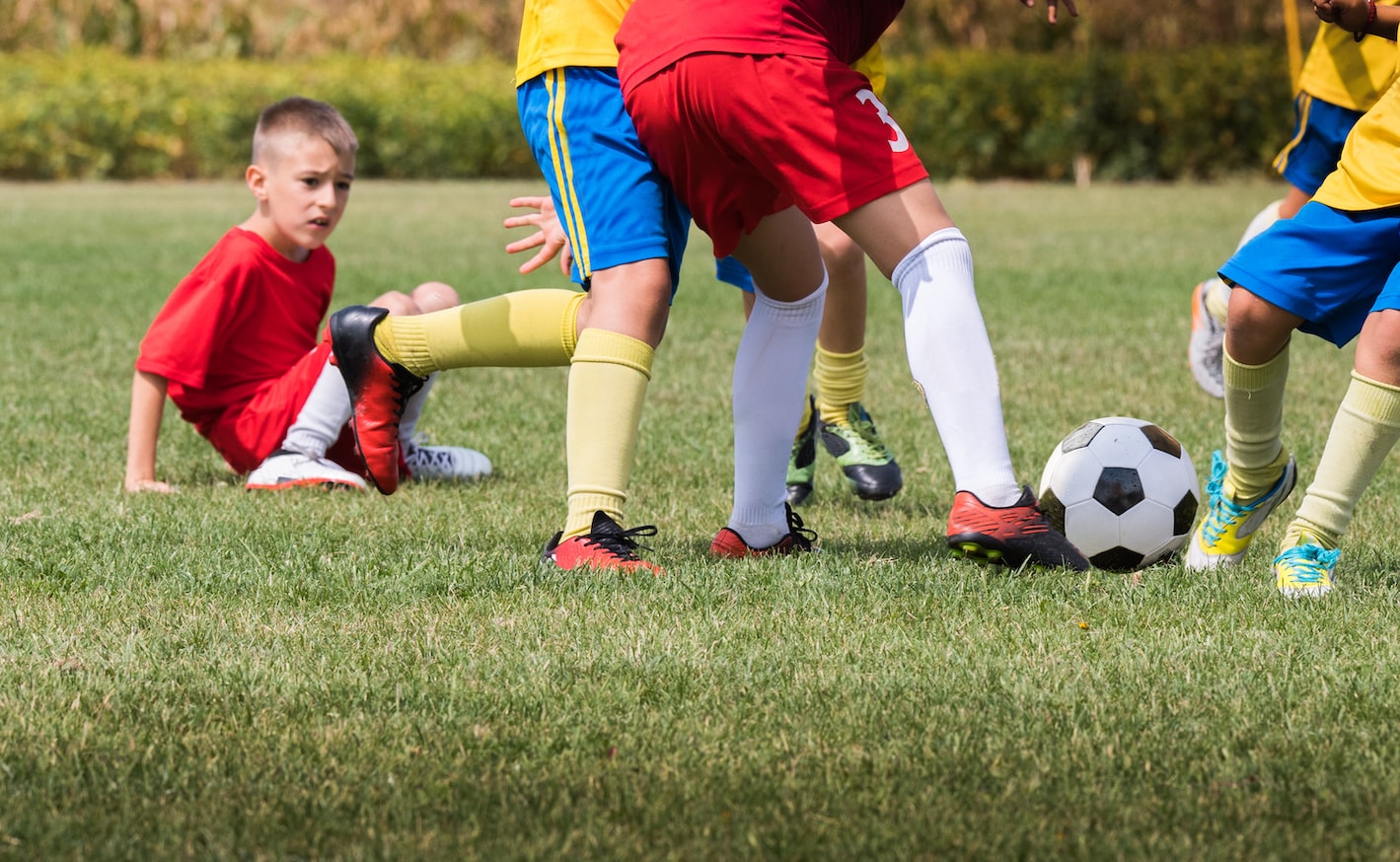
The 4v4 Possession Drill is an intense exercise that teaches your team how to cope with high-pressure situations. With only four players on each side, there is plenty of movement and opportunities for players to be creative with their footwork. The objective here is for both teams not just maintaining but advancing possession by being aggressive in closing down their opponents whilst taking calculated risks moving forward in attack.
1. Rondo Drill
To improve player's possession skills and decision making, the Rondo drill is a popular soccer training exercise. The drill typically involves a circle of players passing the ball to each other while two or three players in the center attempt to intercept it. This drill can be adjusted based on skill level and team size by changing player numbers or increasing/decreasing space between them. Coaches should emphasize quick passes, first touches, and movement off the ball during this exercise for maximum benefit.
The Rondo Drill is an effective method for teaching players how to maintain control of possession while under pressure from opponents. One coaching tip is to encourage defensive players in the middle to focus on limiting passing options by positioning themselves strategically, such as blocking central areas or cutting off diagonal runs. Additionally, coaches can implement time limits for keeping possession before allowing defenders into the circle, simulating real-game situations where attackers must quickly pass their way out of tight spaces.
2. 4v4 Possession Drill
The 4v4 Possession Drill is a great way to work on team communication and ball control. The drill involves splitting players into two teams of four, with the aim of maintaining possession for as long as possible. This drill can be adjusted based on the coach's specific goals, such as emphasizing quick passing or encouraging players to take risks in their play.
To run this drill effectively, coaches should encourage their players to stay compact and support one another when they have possession. It’s also important for defenders to put pressure on the attacking team without committing too aggressively. By practicing these skills in a controlled environment like this drill, players will be better prepared for game situations where they need to maintain possession under pressure from opponents.
3. Keep-Away Drill
The Keep-Away Drill is an effective possession drill that involves one team trying to keep the ball away from another. It helps players develop quick decision-making skills and teaches them how to maintain possession under pressure. The key to this drill is movement, as players must constantly be on the move and ready for a pass.
To set up the Keep-Away Drill, divide your players into two teams of equal size. One team starts with the ball while the other tries to win it back. The team in possession must keep passing until they complete a designated number of passes or until a time limit expires. If the defending team wins the ball back, they become attackers and start their own sequence of passes. This drill can be modified by adding additional defenders or changing field sizes depending on skill level and age group.
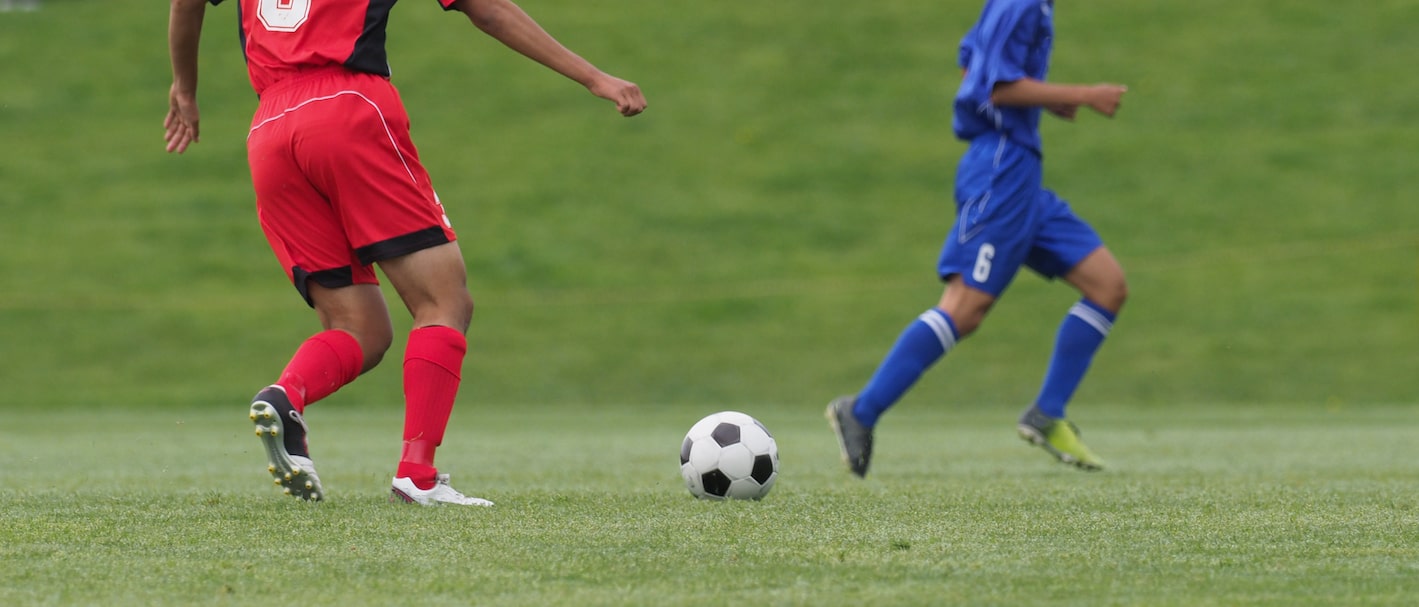
4. Three-Team Possession Drill
In the three-team possession drill, players are split into three teams of four or five. One team starts as the defending team in a small area while the other two teams work together to keep possession outside of that area. The objective is for the two attacking teams to complete ten passes in a row without losing possession and then switch places with the defending team. This drill helps develop communication, movement off the ball, and quick decision-making skills amongst players.
To make this drill more challenging, coaches can add rules such as limiting touches on the ball or requiring specific types of passes like one-touch passing only. Additionally, coaches can encourage players to be creative with their movement and passing options during gameplay to further enhance their soccer tactics and strategies for defensive play.
5. Diamond Passing Drill
To improve ball control and maintain possession, soccer coaches can incorporate the Diamond Passing Drill into their training sessions. This drill requires four players to form a diamond shape on the field with one player at each point. The player in possession of the ball must pass it to another player in the diamond before running and taking their position. This encourages quick decision-making and sharp passing skills while maintaining possession under pressure.
Another variation of this drill is adding defenders who try to intercept passes or win back possession, making it more challenging for the attacking team to keep hold of the ball. Soccer coaches can use this drill to train players on how to retain control even when being pressed by opposition players, ultimately improving overall gameplay during matches.
Coaching Tips for Soccer Drills for Possession
Effective soccer possession drills require more than just technical skills from your players. As a coach, it's important to emphasize communication between teammates during these drills. Encourage your players to communicate clearly and efficiently with each other on the field, whether it be through verbal cues or nonverbal signals.
Another key aspect of successful possession drills is quick decision making. Make sure your players are aware of their options on the field and encourage them to make decisions quickly and confidently. This will help maintain possession of the ball while also promoting a faster pace of play.
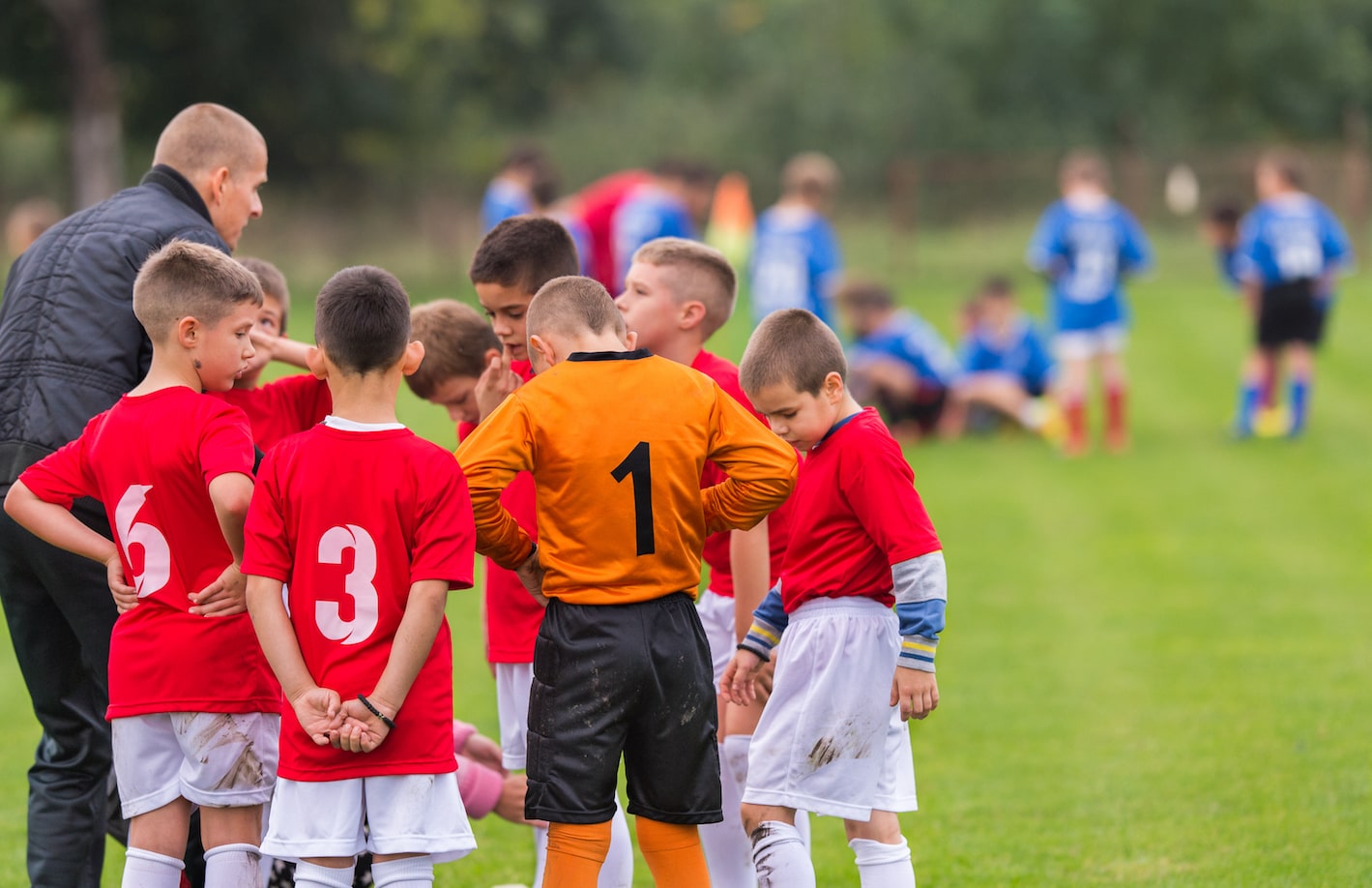
In addition to focusing on player movement with the ball, it's crucial to also focus on movement off the ball in possession drills. Teach your team about creating space for themselves by making runs or adjusting positioning based on where their teammates are located.
To ensure that practice sessions remain engaging and challenging for your team, utilize progression drills that build upon previous exercises as skills improve. And finally, don't forget to make things competitive - add time limits or point systems when conducting these types of soccer training sessions!
1. Emphasize Communication
Effective communication is key when it comes to possession soccer. Emphasize clear and concise verbal and non-verbal cues between players to ensure the team maintains control of the ball. Encourage players to communicate their intentions, as well as provide feedback on how they can improve their support play or positioning. By fostering a communicative environment in training sessions, you'll see an improvement in your team's ability to retain possession during games.
2. Encourage Quick Decision Making
Quick decision making is a crucial skill in soccer. To encourage this, introduce drills that require players to make decisions quickly and under pressure. For example, create small-sided games with limited time and space for each player to act. This will help them become more confident in their decision-making abilities on the field.
Another way to encourage quick decision making is by designing practice situations that simulate game scenarios. Incorporate unpredictable elements like changing directions, varying distances between players, and different types of passes to challenge your team's ability to think fast on their feet. By practicing these skills regularly during training sessions, your team will be better prepared for high-pressure situations during matches.
3. Focus on Movement Off the Ball
Movement off the ball is critical in maintaining possession during a soccer game. Players should always be looking for space and making themselves available to receive passes from teammates. To improve this skill, coaches can incorporate drill exercises that focus on movement without the ball, such as shadow play or small-sided games with limited touches. By doing so, players will learn how to anticipate passes and create opportunities for their team to keep control of the ball.
In addition to improving player awareness and movement off the ball, these drills can also help develop other important skills like quick decision-making and communication between teammates. Coaches should encourage their players to communicate effectively while playing these drills so they know where their teammates are at all times. This will ultimately lead to better coordination on the field during an actual game situation.
4. Utilize Progression Drills
Incorporating progression drills into your soccer training sessions can help improve possession skills in your players. These drills start simple and gradually increase in difficulty, allowing players to master fundamental techniques before progressing to more complex ones. One example of a progression drill is starting with basic passing and advancing to incorporating dribbling and movement off the ball. Utilizing these types of drills not only improves technical abilities but also enhances decision-making skills on the field.
Another way to use progression drills for possession is by introducing pressure from defenders as the drill progresses. This creates a game-like situation, forcing players to make quick decisions while maintaining possession under pressure. Coaches can also implement small-sided games that focus on possession play, incorporating progressive elements such as limited touches or adding goals for added competition. By using these types of progression drills, coaches can enhance their team's overall performance during matches through improved ball control and decision making under pressure situations.
5. Make it Competitive
To improve possession skills in soccer, it's important to make drills competitive. This creates a sense of urgency and pressure similar to game situations, which is crucial for players to develop their decision-making abilities under stress. One way to do this is by dividing players into teams and setting up scenarios where they compete against each other with specific objectives, such as maintaining possession for the longest time or scoring within a set number of passes.
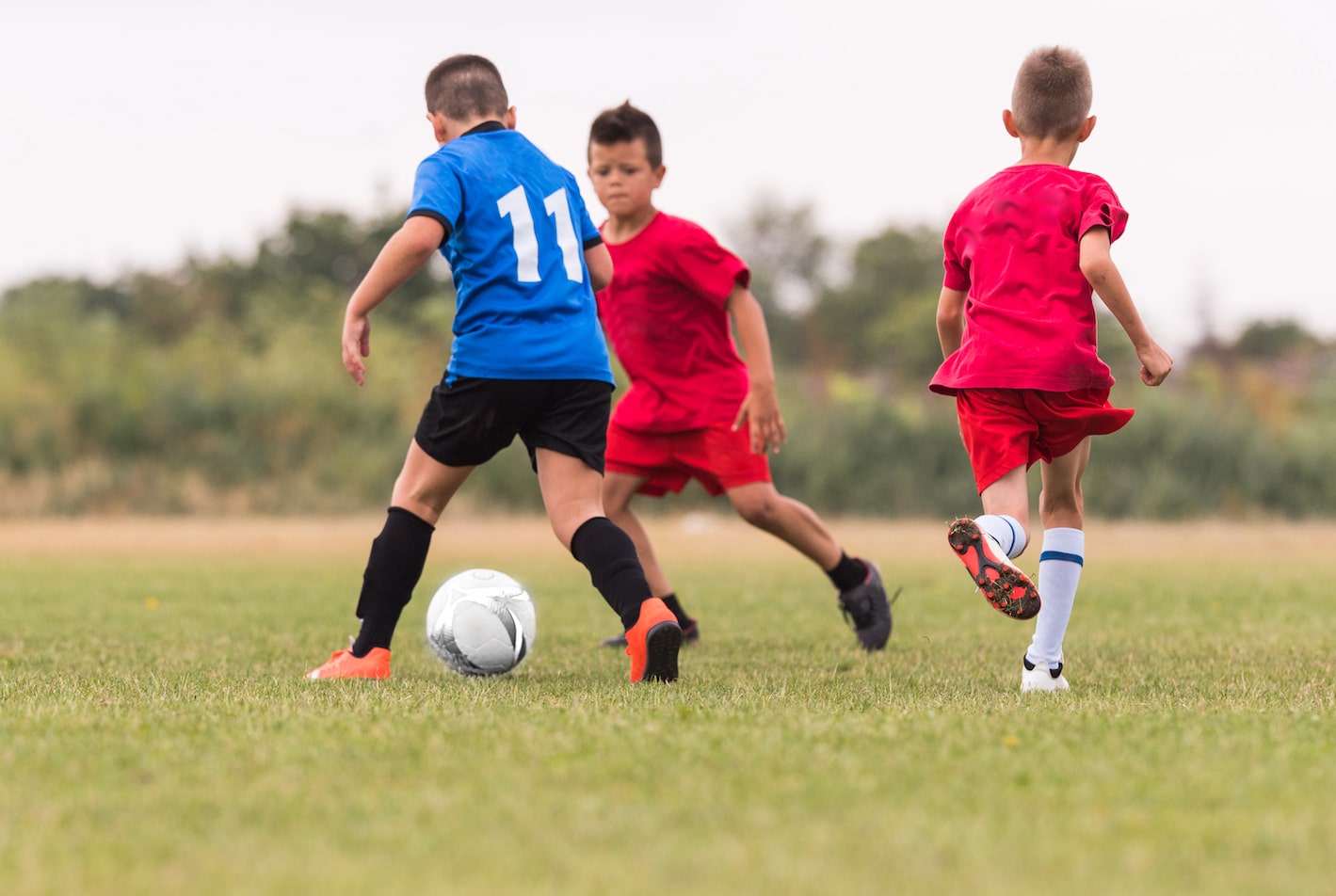
Another approach is adding consequences for losing teams or individuals, like having them run laps or perform additional exercises after the drill session. These competitive elements not only make practice more engaging but also reinforce the importance of effective communication and quick decision-making necessary for successful possession play during games.


Improve Your GameJust 1.99 p/m
Exclusive drills and sessions, get involved today!
- 100’s of Drills
- Coach to Camera Videos
- Sessions from Pro’s
- Industry Leading Advice

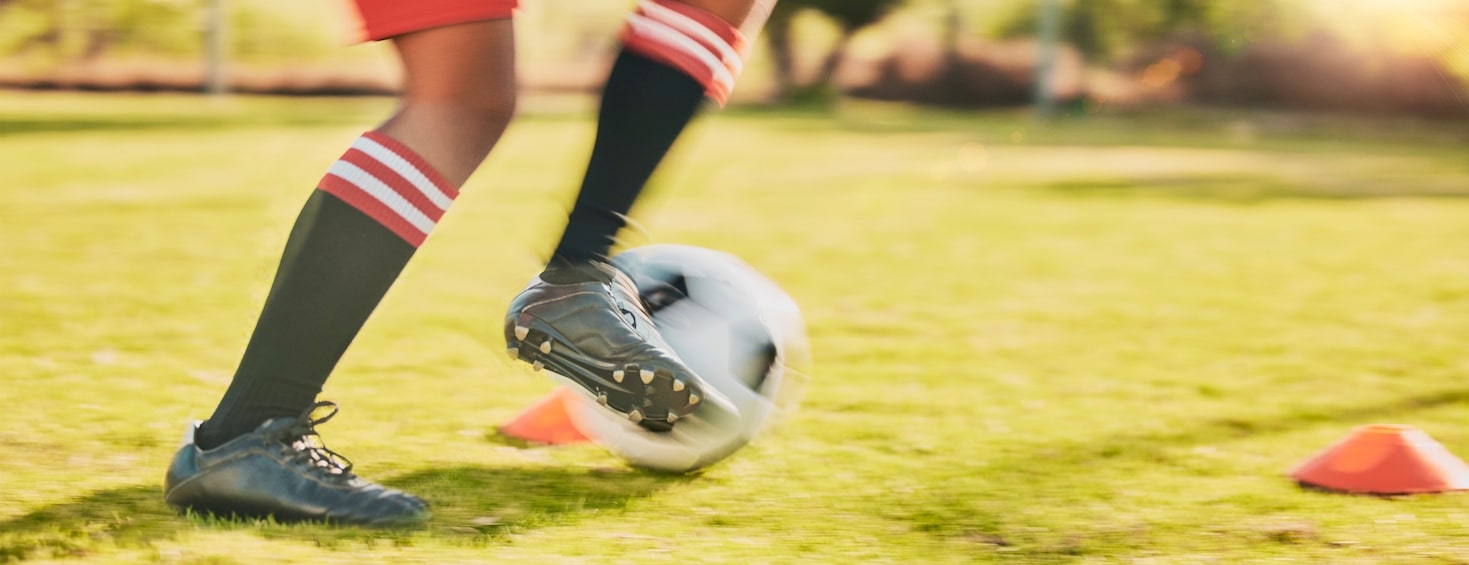
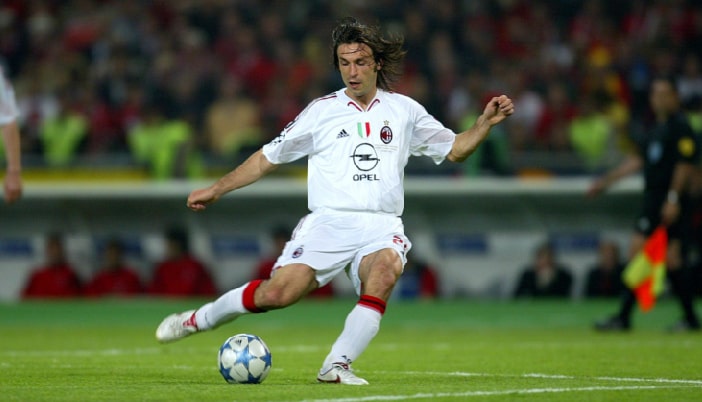
Cupello
Rethinking soccer coaching via our industry leading tools. Built to offer effective coaching development solutions for players and coaches of all levels.